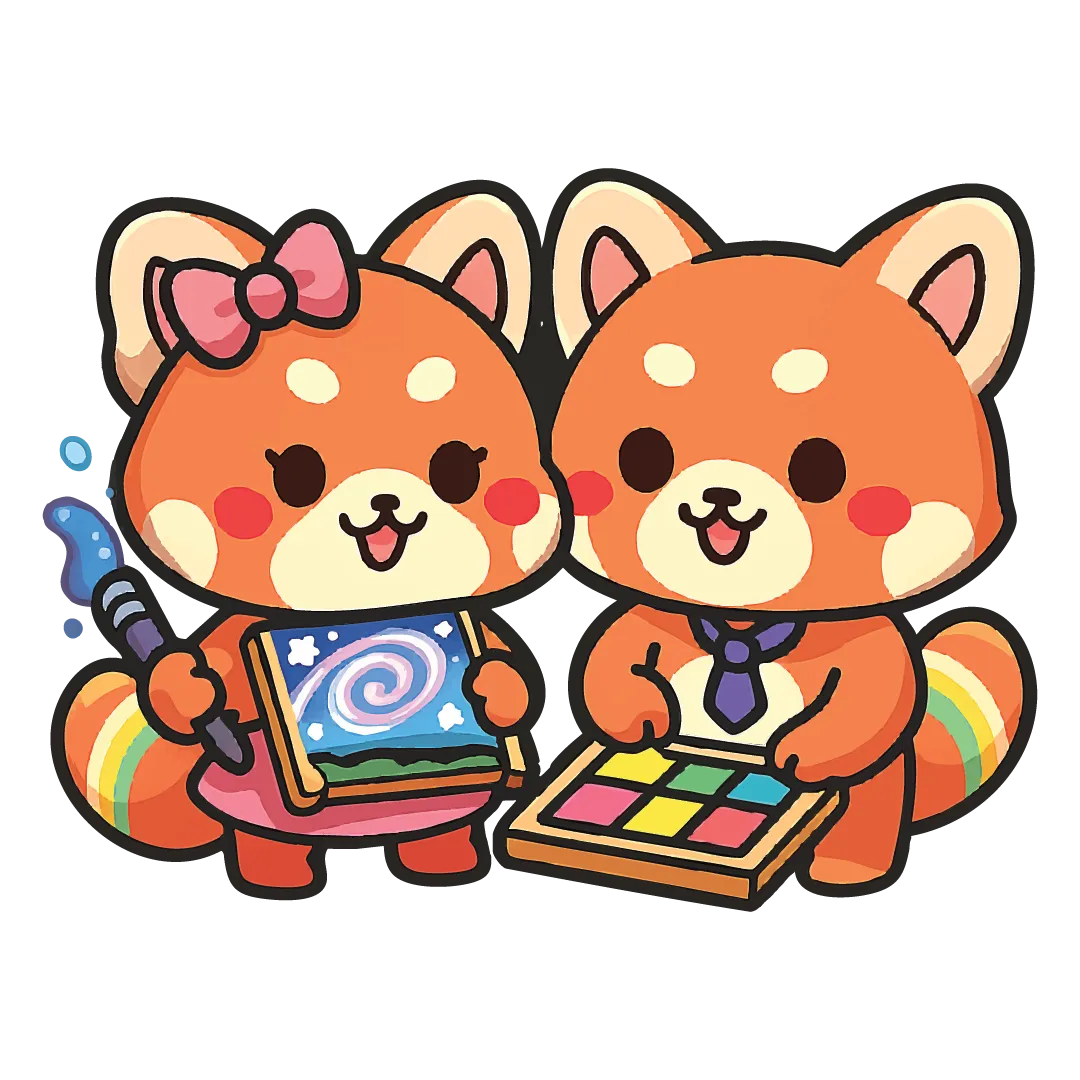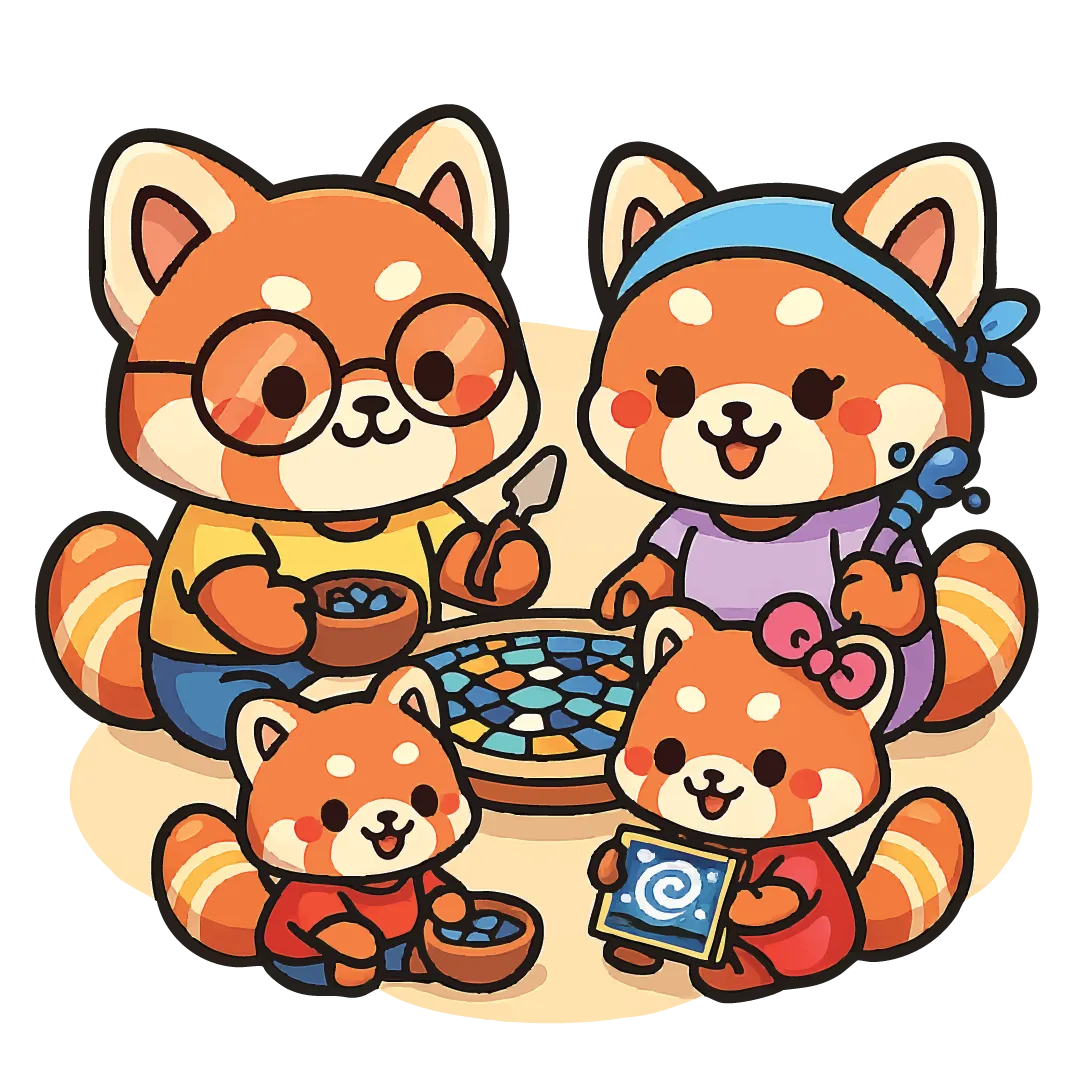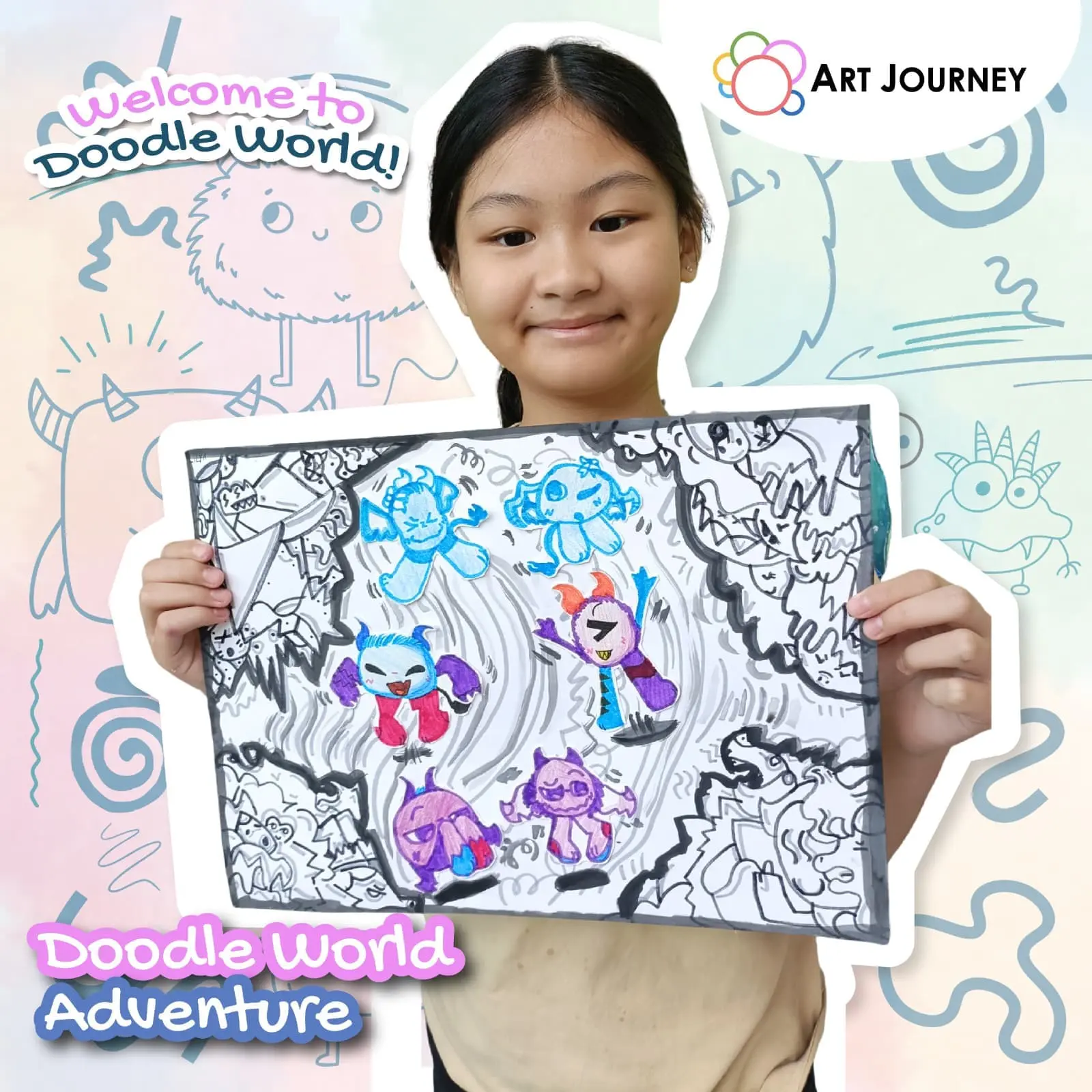
Is Your Child a Budding Artist Signs to Look Out For
Every child expresses creativity in their own way — through doodles on paper, curious color combinations, or imaginative stories about their drawings. But as a parent, you may wonder: Is this just play, or is my child showing real artistic potential?
Artistic talent often begins with simple curiosity. Children who love to explore textures, colors, or new ideas are already building the foundation of creativity. At Art Journey Singapore, we’ve seen countless young artists blossom once they’re given the right tools, space, and encouragement.
Here’s how you can spot the early signs that your child might just be a budding artist in the making.
1. Your Child Loves to Draw — Anytime, Anywhere
One of the clearest signs of artistic potential is a child who can’t resist grabbing a pencil, crayon, or paintbrush.
If your child loves doodling on every surface (even the walls sometimes!), it’s more than just play — it’s their way of expressing thoughts visually.
Kids who draw regularly tend to use art as their language. They’re not just copying images but trying to communicate ideas, stories, and emotions through pictures.
2. They Notice Details Others Might Miss
Artistic kids often have an eye for detail.
They might point out the way the sunset colors blend, notice patterns on the floor, or even comment on how someone’s shirt design looks “different.”
This sensitivity to colors, shapes, and textures shows that they observe the world in a unique, creative way — an essential trait for any artist.
3. They Enjoy Mixing Colors and Experimenting
If your child gets excited about mixing paints or creating their own shades, they’re showing curiosity and creativity.
Young artists love experimenting — sometimes making a mess in the process! — but that’s part of how they learn to express emotion and style through color.
At Art Journey’s kids’ workshops, we often see children proudly announce, “I made this color myself!” That joy of discovery is what turns creative play into artistic confidence.
4. Their Drawings Tell Stories
Many children draw, but budding artists draw with intent. Their artwork tells a story, complete with characters, movement, and feeling.
If your child explains their drawing like a mini storyteller (“This is me saving my cat from the tree, and that’s the rainbow we saw after!”), they’re already thinking like an artist — using visuals to narrate experiences and emotions.
5. They Can Focus on Art for Long Periods
Children are naturally energetic, but when a child spends an unusually long time perfecting a drawing or craft project, it shows genuine interest.
This ability to focus deeply during art activities is a strong indicator of artistic potential — and also helps develop patience, perseverance, and attention to detail.
Art Journey’s instructors often note that even children who are easily distracted in school tend to stay engaged for over an hour during creative sessions, showing how art naturally encourages concentration.
6. They’re Curious About How Things Look or Work
Many young artists are also keen observers. They might ask, “Why is the sky blue?” or “How do we draw shiny things?”
This curiosity shows they’re not only noticing the world but also trying to understand and recreate it visually.
Encouraging this curiosity through simple art exercises — like observing shadows or drawing everyday objects — helps them translate observation into artistic skill.
7. They Feel Proud and Protective of Their Artwork
If your child beams with pride after finishing an artwork or insists on displaying it in the living room, they’re emotionally invested in their creations.
This attachment indicates that art is more than just fun — it’s a personal form of self-expression. Recognizing and praising their effort (not just the result) builds confidence and motivates them to keep improving.
8. They Express Emotions Through Art
Some children may find it difficult to express feelings verbally but show them clearly through drawings.
You might notice that when they’re happy, their drawings are bright and full of color — or when upset, they draw darker themes.
Art gives children a safe outlet for emotions, helping them manage feelings constructively. This emotional intelligence often grows stronger in kids who attend regular art classes.
9. They Love Visiting Art Spaces or Watching Creative Videos
If your child enjoys visiting art studios, craft stores, or watching creative tutorials, they’re naturally drawn to visual expression.
They may also love making things from recycled materials, creating collages, or decorating their school books.
Such consistent creative curiosity suggests a developing artistic mindset — one that can be nurtured beautifully with guided workshops and exposure to different art styles.
How Parents Can Nurture a Budding Artist
Spotting talent is just the first step. The next — and most important — is giving your child the right environment to explore it.
Here’s how you can support their journey:
- Provide access to art materials: Keep basic supplies like paper, crayons, and paint available at home.
- Encourage, don’t pressure: Let your child enjoy the process instead of expecting perfect results.
- Expose them to different forms of art: From painting and mosaic to clay or mixed media, variety keeps creativity alive.
- Enroll in art classes: Studios like Art Journey Singapore offer structured yet fun sessions where children learn new techniques while expressing themselves freely.
FAQs: Spotting and Supporting a Budding Young Artist
- What age do kids usually show artistic talent?
Many children start showing signs of artistic interest between ages 3 to 6, though it varies for each child. The key is consistent curiosity and enthusiasm toward creative play. - My child only draws stick figures — does that count?
Absolutely. Early drawings, no matter how simple, are part of developing hand-eye coordination and imagination. What matters most is their interest and persistence, not perfection. - How can I encourage creativity without pressuring my child?
Offer materials and space to explore, celebrate effort over outcome, and let them choose what to create. Avoid correcting their art too often — creativity thrives in freedom. - What type of art class is best for beginners?
A structured but playful environment like Art Journey’s kids’ workshops is ideal. It balances learning techniques with fun, helping children explore without fear of mistakes. - My child loses interest quickly. Should I still try art classes?
Yes — sometimes kids need variety. Look for classes that mix activities like painting, collage, and crafts, which keep engagement high and help them find their favorite medium. - Can art help with my child’s confidence?
Definitely. Completing projects, receiving praise, and expressing themselves creatively all help build self-esteem and emotional resilience.






